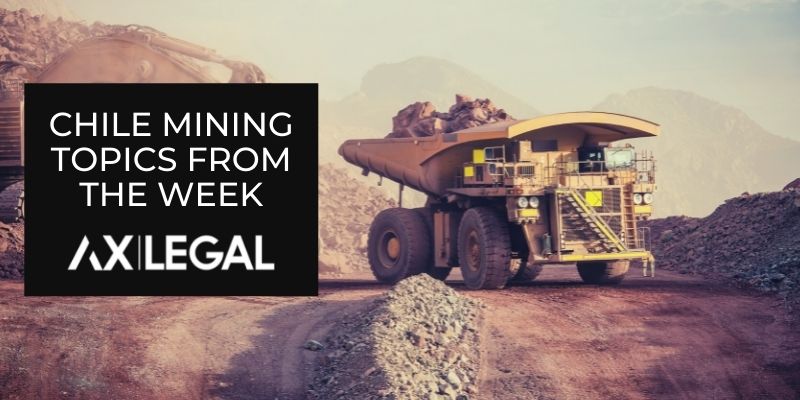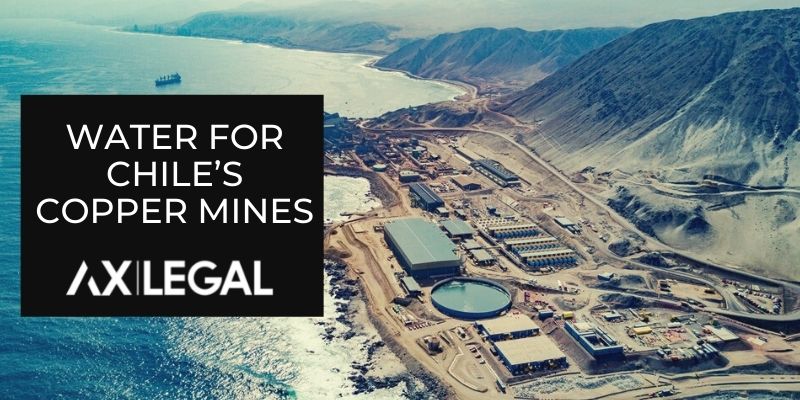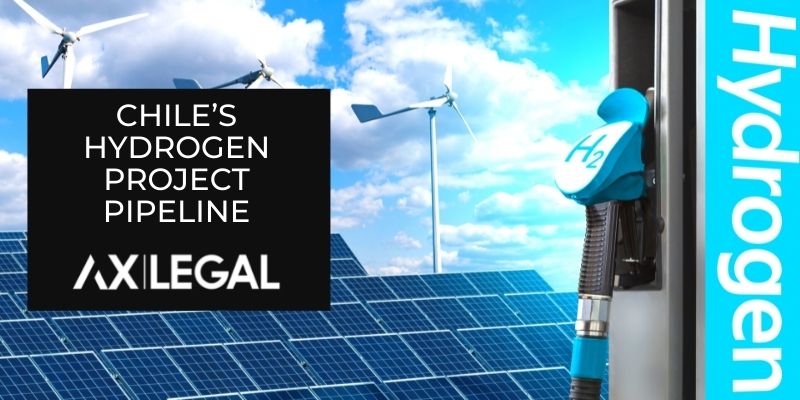Codelco has officially inaugurated its $1.4 billion Andina Transfer project in January. Check out our project spotlight for more details.
Full storyChile Mining Update – Hot Topics from the Week
The year has just started and there is already some important news coming out of Chile. Our mining news flash is meant to provide quick insights into some of the most interesting topics of the week.
Full storyWater for Chile’s Copper Mines
Chile has faced a severe and long drought. Although the mining industry only uses 9% of the countries water, most operations are located in Northern Chile where water is the scarcest. Mining companies are going to extreme lengths to ensure they have water for thier operations.
Full storyChile’s Hydrogen Project Pipeline
In 2020, Chile released its green hydrogen strategy which set out to make the country the top destination for hydrogen investment in Latin America. We provide an overview of the project pipeline and how it is moving forward.
Full storyCan Chile be a Leading Green Hydrogen Producer?
Can a small country with a population of 19 million located at the most southern tip of the world produce the cheapest green hydrogen on the planet and be among the top three exporters of the fuel two decades from now. Check out part one of our series outlining the steps that Chile is taking in order to compete on a global level.
Full storyFeature Interview – Autonomous Technology in Chile
Chile is rapidly moving to autonomous trucks in its mining operations. We speak with Alexis Méndez, a Chilean Mining Engineer, who has spent his career helping mining operations to evaluate, implement, and operate autonomous technology.
Full story






 Santiago
Santiago Sydney
Sydney Lima
Lima